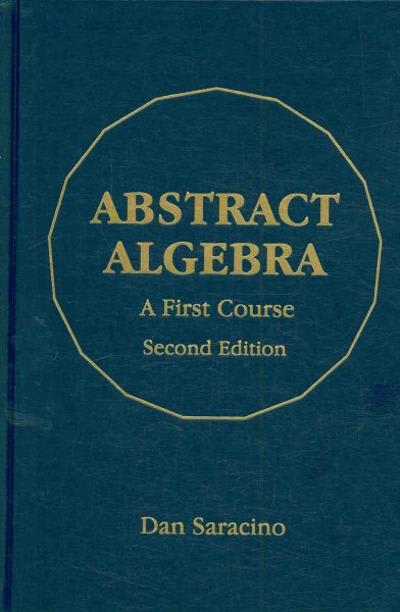Answered step by step
Verified Expert Solution
Question
1 Approved Answer
10. 11. 12. 13. 14. 15. 16. 1?. 18. 19. 2D. Differentiate: y = (a: +1}(s:3 + 8s: + 1} . . . . 63:2

Step by Step Solution
There are 3 Steps involved in it
Step: 1

Get Instant Access to Expert-Tailored Solutions
See step-by-step solutions with expert insights and AI powered tools for academic success
Step: 2

Step: 3

Ace Your Homework with AI
Get the answers you need in no time with our AI-driven, step-by-step assistance
Get Started


